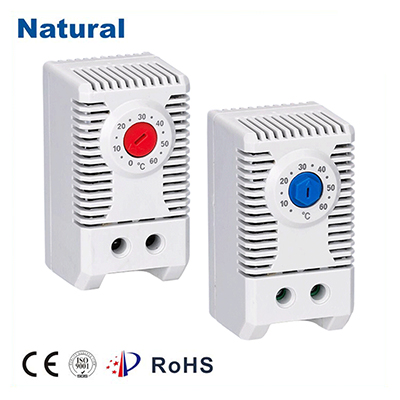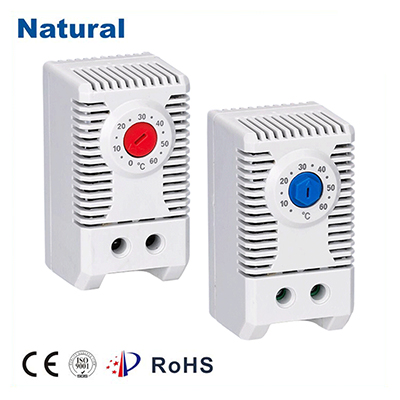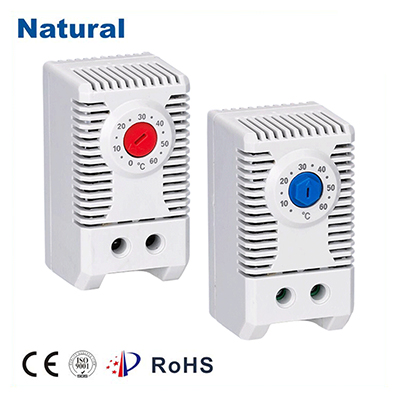A bimetal thermostat is an essential component widely used in temperature regulation systems. It functions by utilizing the properties of two different metals to detect temperature changes and control devices accordingly. This simple yet effective technology has found its way into countless applications, from household appliances to industrial machinery. In this article, we will explore how a bimetal thermostat works, its advantages, and the various fields where it is applied.

How Does a Bimetal Thermostat Work?

A bimetal thermostat operates on the principle that different metals expand at different rates when subjected to temperature changes. A bimetal strip, which consists of two bonded layers of dissimilar metals with different coefficients of thermal expansion, is at the core of this device. As the temperature rises or falls, the two metals in the strip expand or contract at different rates, causing the strip to bend or curl. When the temperature reaches a certain threshold, the deformation of the bimetal strip either opens or closes an electrical circuit. This action activates or deactivates a heating or cooling system, depending on the desired temperature. Essentially, the thermostat acts as a switch, turning a system on or off based on the temperature fluctuations it senses.
